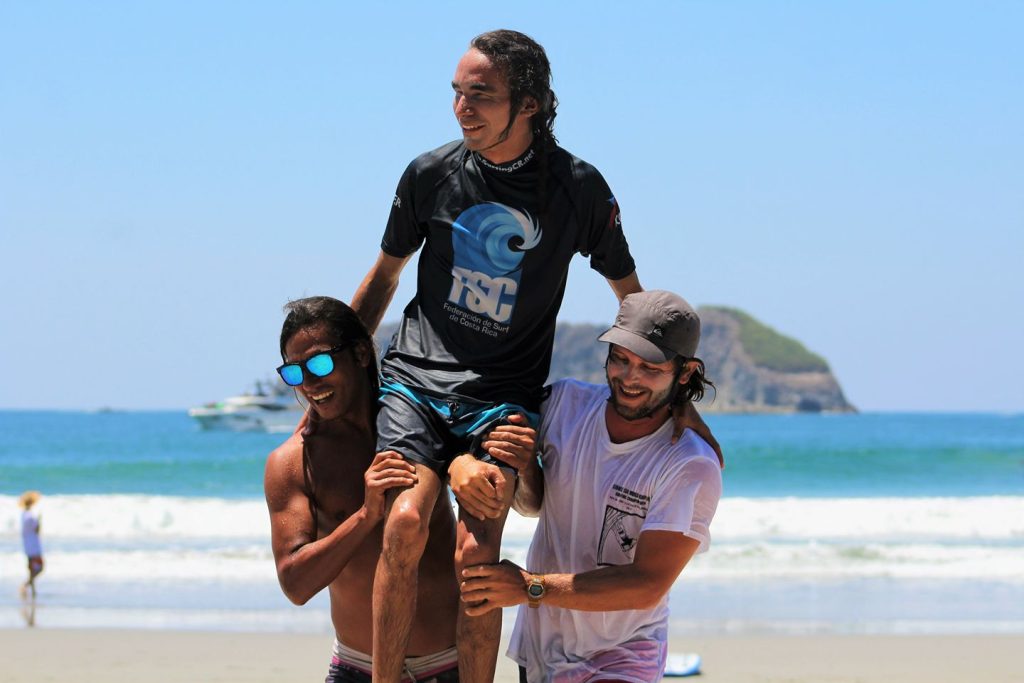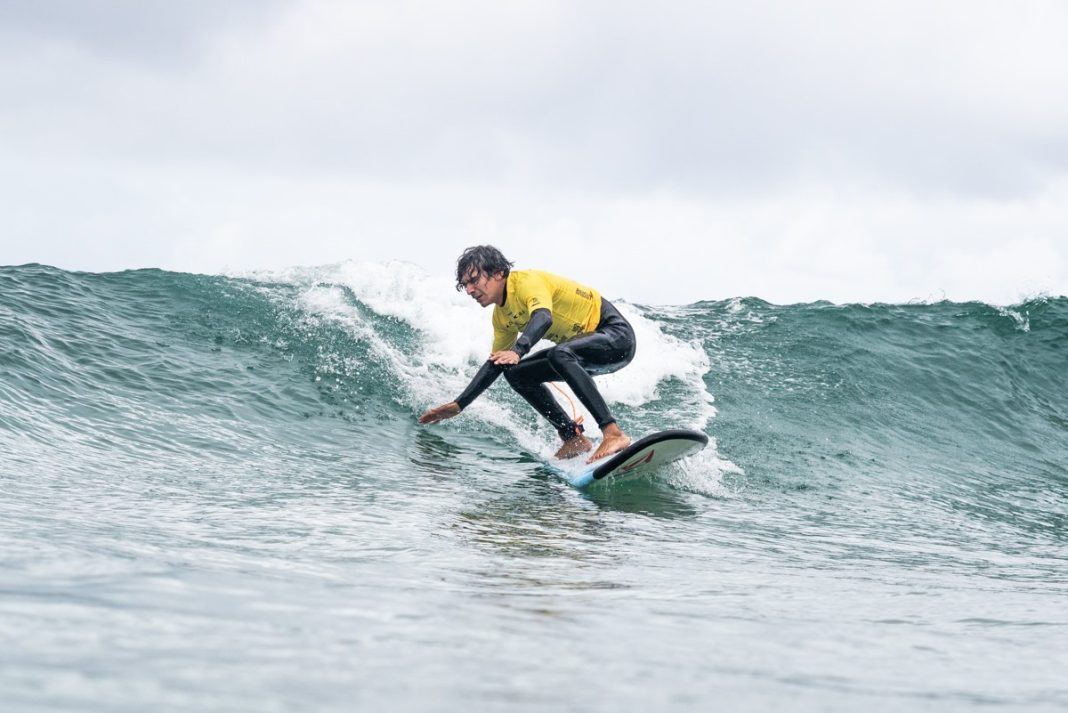What is an ocean wave when you can’t even see it?
All sounds and sensations, I suppose. That greatest of crescendos, a distant murmur that becomes a roar. The feel of the tension that will build and break. With practice, those murmurs and flows become a language you can speak—but no degree of fluency will take you all the way. If you want not just to understand the wave, but also to ride it, sight unseen, you’ll need something else as well.
That takes a different kind of wave. A wave within you. A swell of audacity and belief strong enough to swing your legs atop the board, push you to standing, pull you forward like a knife along that shining surface.
Is it any wonder that your friends donned blackened goggles to see how on earth it’s done? So that they, too, could find out how a person surfs without seeing?
After all, that’s why we watch sports. Any sport. Any athlete. We watch to see talent, muscle, skill—but most of all, we watch so we can glimpse that inner surge. In the stands, on our couch, we feel it, too. We watch because we hope we’ll find our own wave within, in our darkest hour. We watch because sometimes, an athlete turns darkness into light: glinting off the water, sparkling in his wake.
Inspired by champion para surfer Henry Martínez and the “Blind Surfing Challenge” or “Reto Surf a Ciegas” in which surfers including Jair Pérez, Lizbeth Vindas, Ariel Gutiérrez, and Gilbert Brown took to the waves with goggles that blocked their vision so they could experience some of what Henry achieves on the water. (Watch the challenge here.) Our weekly Media Naranja column tells short love stories with a Costa Rican twist. During our November edition, “Tenacious,” they focus on how nontraditional Costa Rican sports and athletes emerge from the shadows.







